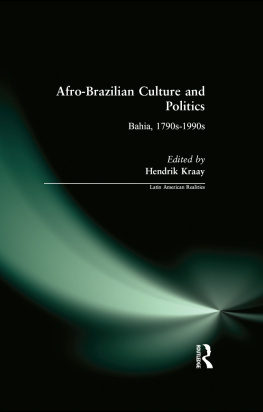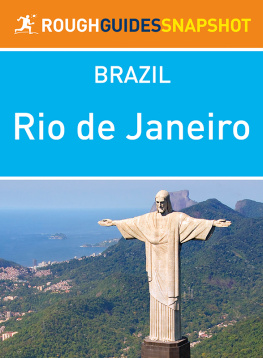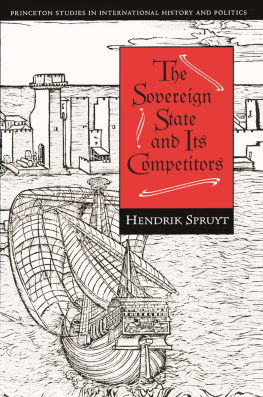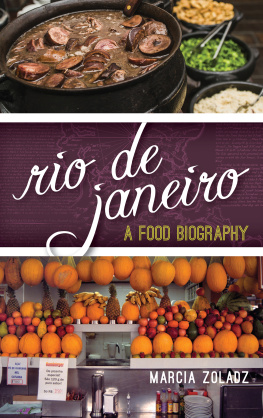Stanford University Press
Stanford, California
2013 by the Board of Trustees of the Leland Stanford Junior University.
All rights reserved.
No part of this book may be reproduced or transmitted in any form or by any means, electronic or mechanical, including photocopying and recording, or in any information storage or retrieval system without the prior written permission of Stanford University Press.
Printed in the United States of America on acid-free, archival-quality paper
Library of Congress Cataloging-in-Publication Data Kraay, Hendrik, 1964author.
Days of national festivity in Rio de Janeiro, Brazil, 18231889 / Hendrik Kraay.
pages cm
Includes bibliographical references and index.
ISBN 978-0-8047-8526-6 (cloth : alk. paper)
1. FestivalsPolitical aspectsBrazilRio de JaneiroHistory19th century. 2. Political customs and ritesBrazilRio de JaneiroHistory19th century. 3. BrazilAnniversaries, etc.Political aspectsHistory19th century. 4. HolidaysBrazilHistory19th century. 5. BrazilPolitics and government18221889. I. Title.
GT4833.R5K73 2013
394.26981'5309034dc23
2012049305
ISBN 978-0-8047-8610-2 (electronic)
Typeset by Thompson Type in 10/12 Sabon
Days of National Festivity in Rio de Janeiro, Brazil, 18231889
Hendrik Kraay
STANFORD UNIVERSITY PRESS
STANFORD, CALIFORNIA
Contents
Map, Table, and Figures
Map
Table
Figures
Currency, Orthography, Names, Pseudonyms, and Note Conventions
During the nineteenth century, the Brazilian currency was the mil-ris, 1,000 ris (singular, real), written 1$000; 1,000 mil-ris was known as a conto, and was written 1:000$000. The mil-ris fluctuated considerably in value from 1822 to the end of the century, although it averaged around US$0.50. To make rough comparisons possible, I provide U.S. dollar equivalents for the mil-ris figures mentioned in the text.
Portuguese orthography has undergone a number of changes since the nineteenth century; following convention, I have modernized the spelling of names and book and newspaper titles in the text, retaining the original spelling in the notes and bibliography, except when, by convention, the archaic spelling is used.
No clear rules governed nineteenth-century Brazilian naming practices. Individuals were often known by a distinctive part of their first or last names. I provide the full names on first mention of people in each chapter, after which I use the portion of the name by which they were most commonly known.
Many of the newspaper articles cited in the following pages were published anonymously or under pseudonyms. If the author is known, I provide his name after the pseudonym in the note. All italics and other emphases in quoted passages appeared in the original. Unless otherwise indicated, all of the newspapers cited were published in Rio de Janeiro. Many articles, particularly editorials, appeared without headlines or titles. Where there was a title or headline, I have included it (but not the subtitle). After the title, I sometimes indicate the section of the newspaper in which the article appeared; unfortunately, I did not collect this information systematically at the start of my research, so my information is incomplete.
Acknowledgments
Many people and institutions contributed to this project. A Standard Research Grant from Canadas Social Sciences and Humanities Research Council in 19992002 supported my efforts to turn myself into a historian of Rio de Janeiro. A Professor Visitante Estrangeiro fellowship from the Brazilian Ministrio da Educaos Coordenao de Aperfeioamento de Pessoal de Nvel Superior, held in the Programa de Ps-Graduao em Histria Social at the Universidade Federal do Rio de Janeiro (UFRJ) in 2004, gave me another six months in Rio de Janeiro. Serious writing began with a Killam Resident Fellowship at the University of Calgary in 2006 but inevitably took much longer than anticipated. The University of Calgarys generous policy on research and scholarship leave provided me with regular sabbaticals since I began this project. I thank all of these institutions for their support.
Numerous audiences in Brazil and North America listened to my early ideas and provided helpful feedback. I thank students and colleagues at the Pontifcia Universidade Catlica do Rio de Janeiro; Universidade Federal de Minas Gerais; University of California, Los Angeles; Oliveira Lima Library and University of Maryland; Universidade Federal Rural do Rio de Janeiro; Universidade Federal do Rio Grande do Sul; Universidade Estadual de Santa Cruz; and York University (Toronto). I tried out chapters at eight conferences and received helpful feedback from panel commentators and audience members. The students in my 2004 graduate course on civic rituals and monuments at the UFRJ, several of them now colleagues, surely taught me more than I taught them.
Several colleagues contributed much to this book. Besides sharing many months of research in Rio de Janeiro and many hours of conversation about this project, Bert J. Barickman read the entire manuscript for Stanford University Press, as did Jeffrey D. Needell, who saved me from many oversimplifications about Brazilian politics. Roderick J. Barman also aided in numerous ways. Several Brazilian colleagues have been invaluable interlocutors, especially Elisabete Leal, Marcello Basile, Marco . This book is for her.
I mostly resisted publishing portions of this book as articles for fear (often justified, as it turned out) that I would be obliged to modify my interpretations in light of subsequent research and analysis. Parts of appeared as Alferes Gamboa e a Sociedade Comemorativa da Independncia do Imprio, 18691889, Revista Brasileira de Histria 30:61 (2011): 1539.
Introduction
In 1826, during its first session, the new Brazilian empires parliament instituted five national holidays or days of national festivity, a literal translation that better captures what deputies and senators understood as these days purpose. Four of them were closely connected to Emperor Pedro I (182231): 9 January (the date of his 1822 decision to stay in Brazil in defiance of the Portuguese parliament that had called him to Lisbon); 25 March (the day on which he swore his oath to the constitution that he had granted in 1824); 7 September (the date of his Grito do Ipiranga [Cry or Shout from the Ipiranga (River)], his 1822 declaration of Independence or Death, which had been constructed as Brazils independence day in the previous years); and 12 October (his birthday and the date of his acclamation as emperor in 1822). The fifth day of national festivity, 3 May, commemorated the annual opening of the legislative session, mandated by the constitution for that date.
The institution of national holidays was, of course, one of the many symbolic attributes of statehood. Throughout the Americas, the newly independent countries produced their own flags, coats of arms, and currencies, and they designated days on which to celebrate their independence and sometimes also their principal political institutions. Through this invention of national traditions, to paraphrase Eric Hobsbawm and Terence Rangers familiar phrase, Brazilian senators and deputies, like their counterparts in Spanish America, sought to perpetuate the collective memory of their nations institutional origins or to create what Pierre Nora has called lieux de mmoire, or memory spaces, to anchor the new nation.
Moreover, to understand nation in its early nineteenth-century political sense moves discussion about Brazilians collective memory to the political realm. Condy Raguet, the U.S. minister and a keen observer of Brazilian politics, well understood this when he reported that parliament had instituted five days of political festivity.










